

PBS
Featured Show:
Christmas with the Mormon Tabernacle Choir
Experience Christmas with the Mormon Tabernacle Choir. The annual holiday musical spectacular features new special guests every year.
PBS TV Shows
803 shows • Page 25 of 41

Christmas with the Mormon Tabernacle Choir
Experience Christmas with the Mormon Tabernacle Choir. The annual holiday musical spectacular features new special guests every year.
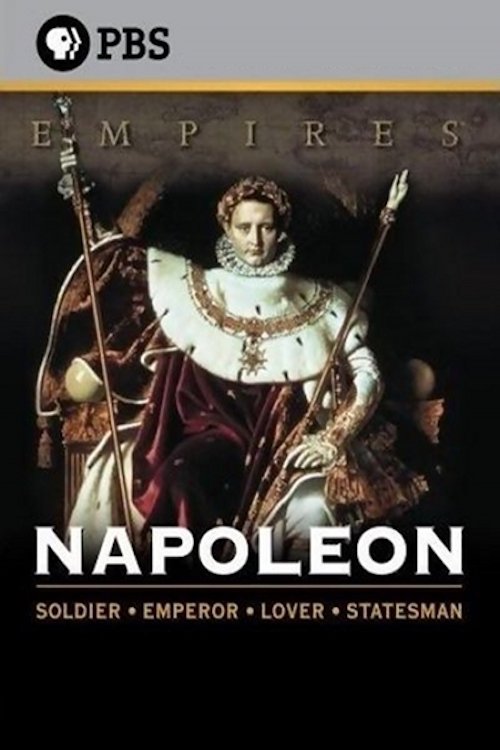 0
0Napoleon
Napoleon's extraordinary rise from obscure military man to hero of the French people convinces him that he is destined for greatness.
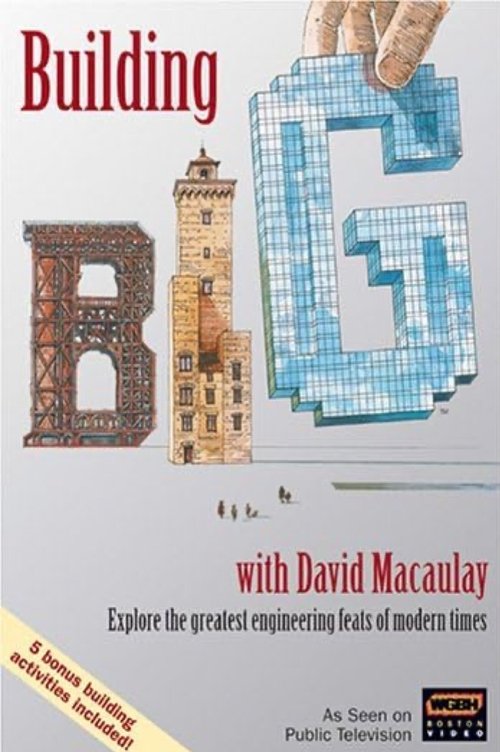 0
0Building Big
Think big! Engineers have been doing just that for thousands of years, as renowned author-illustrator David Macaulay proves in this five-part miniseries on spectacular structures. The programs cover bridges, domes, skyscrapers, dams, and tunnels-past and present. Along the way, Macaulay highlights the engineering principles and human stories behind some of the most remarkable achievements in the history of building.
 0
0Standard Deviants TV
Standard Deviants TV comprised material from the Standard Deviants home videos, edited into 25-minute episodes that aired on PBS. The series also included three episodes with new material on geography.
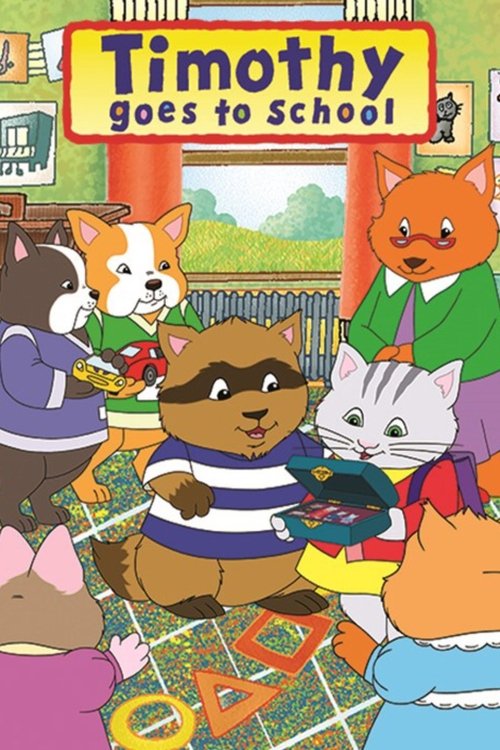
Timothy Goes to School
A raccoon named Timothy starts kindergarten, and meets many new people and friends. He helps others with their challenges and they would help Timothy on something he is struggling on. It features his everyday adventures while teaching kids how to behave in school and having a positive attitude - feeling good in school and learning more about the world.

Rick Steves' Europe
Rick Steves, America's leading authority on European travel, returns to transport viewers to the continent's bustling cities, quaint villages and picturesque countryside.

Secrets of the Dead
Part detective story, part true-life drama, long-running series explores some of the most iconic moments in history to debunk myths and shed new light on past events. Using the latest investigative techniques, forensic science and historical examination, it shatters accepted wisdom, challenges prevailing ideas, overturns existing hypotheses, spotlights forgotten mysteries, and ultimately rewrites history.

Anna Karenina
In 19th century Russia, aristocrat Anna Karenina has a passionate extramarital affair with the dashing Count Vronsky that could lead to both their ruin. A four-part British television adaptation of Tolstoy's novel.

Closer to Truth
Closer to Truth is a continuing television series on PBS & public television originally created, produced and hosted by Robert Lawrence Kuhn. The first premiere series aired in 2000 for 2 seasons, followed by a second series aired in 2003 for a single season. The current / third series of the program, Closer to Truth: Cosmos. Consciousness. God., launched in 2008, with 12 full seasons to date. Robert Lawrence Kuhn is the creator, executive producer, writer and presenter of the series. Peter Getzels is the co-creator and producer / director. The show is centered on on-camera conversations with leading scientists, philosophers, theologians, and scholars, covering a diverse range of topics or questions from the size and nature of the universe, to the existence and essence of God, to the mystery of consciousness and the notion of free will.
 0
0World Class Trains
Eagle Media takes you around the world to explore the hidden nooks of the world with the World Class Trains series. Learn the history and the intricacies of these historic transports. Explore Europe, India, Africa, Mexico, and Western Canada from the inside of some of the most elegant and famous train tours in the world.
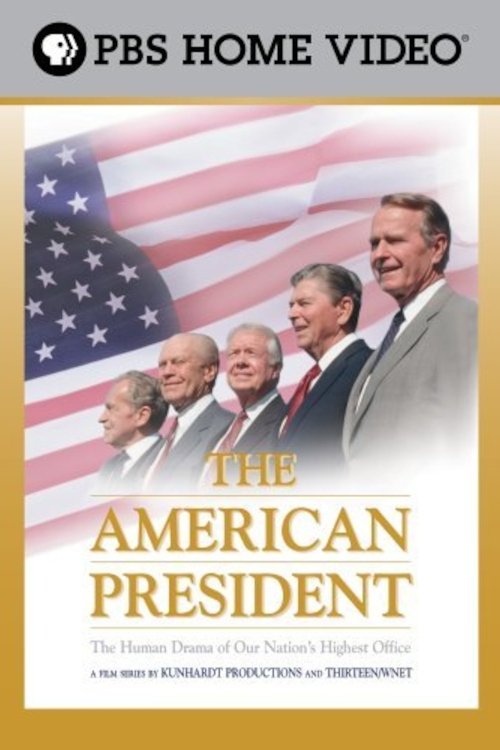 0
0The American President
“The American President” is a series that aired on PBS in 2000 profiling 41 U.S. chief executives, using exclusive interviews with Presidents Clinton, Bush, Ford, and Carter. Well known figures lend their voice to presidents of the past who lived before sound recordings, including: Colin Powell, Bob Dole, Walter Cronkite, Ben Bradlee, John Glenn, James Carville, Andrew Young, and the Rev. Billy Graham. Narrated by Hugh Sidey.

Between the Lions
Between the Lions is a PBS Kids puppet television series designed to promote reading. The show is a co-production between WGBH in Boston and Sirius Thinking, Ltd., in New York City, in association with Mississippi Public Broadcasting, in Mississippi. The show has won seven Daytime Emmy awards between 2001 and 2007. The target audience is children 4 to 7 years old. It has the same puppet style as Sesame Street and several season 2 episodes, notably in Dance in Smarty Pants, had a few characters from Sesame Street guest appearing. Between The Lions started its 10th and final season on September 20, 2010. The Show Ended in November, 22 2010 Along with Reading Rainbow
 0
0MasterChef USA
MasterChef USA, on PBS, is the original US adaptation of the BBC's MasterChef, a cooking competition for amateur cooks. Grab your whisks and hang on to your toques, as the 27 regional MasterChef champs chop, purée, roast, braise, sauté, simmer and grill their way through the Olympics of amateur cooking to the title of MasterChef USA! Host Gary Rhodes, one of Great Britain’s best-loved chefs, guides us through 13 half-hour episodes and an hour long prime time special. A panel of celebrity judges preside as 27 winning amateur chefs, wielding their own mouthwatering menus, battle over Brulée and Beurre Blanc, wrangle over roasted peppers and risotto, and strive to create the most satisfying soup, salad and soufflé.
 0
0The Dooley and Pals Show
The Dooley and Pals Show, sometimes shortened to just Dooley and Pals, is an American children's television series. The main character is Dooley, a friendly alien who has landed in a backyard on Earth. He explores the planet with the children of the neighborhood as his guides. The show is meant to teach moral values and educational basics to children ages 2–5. Dooley was originally played by Ken Jones. Jones served as the head writer for the series as well as the voice for Dooley and other characters including Coach and Cosmos. Suzanne Fitzpatrick, 7th Heaven, served as the supervising producer during the development of the series at Disney/MGM Studios transitioning Dooley from the original 'dinosaur' concept to the space boy. There are two versions of this show: The Dooley and Pals Show, and The Dooley and Pals Show Children's Ministry. The main content of the shows—storylines, lessons, and themes—are identical; the only difference is that in the "Children's Ministry" version, the "Fun Facts" segment is replaced with "Fun Bible Facts", with scripture quotations relating to the show's lesson. The secular version is syndicated to educational and PBS member stations by ETV South Carolina. The show was later purchased by MGM Studios/Walt Disney Company and was produced in Orlando Florida until 2003 when production was canceled. The "Children's Ministry" version is still currently aired on TBN and on Smile of a Child.
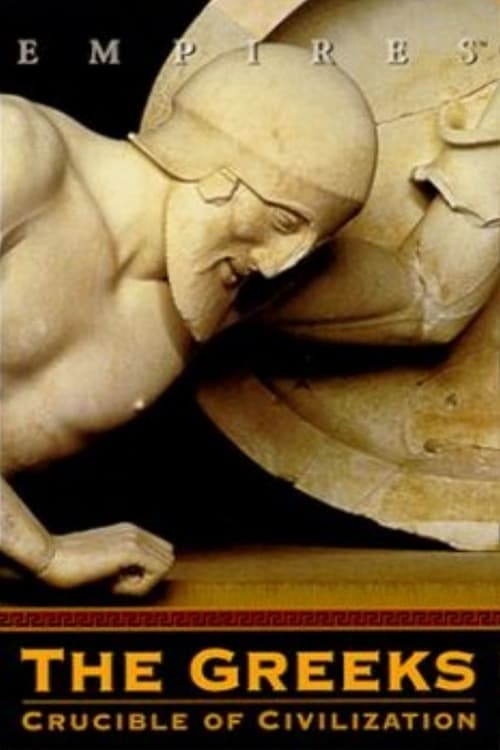
The Greeks: Crucible of Civilization
In the fourth and fifth centuries, B.C., the Greeks built an empire that stretched across the Mediterranean from Asia to Spain. They laid the foundation of modern science, politics, warfare and philosophy, and produced some of the most breathtaking art and architecture the world has ever seen. It was perhaps the most spectacular flourishing of imagination and achievement in recorded history.
 0
0A History of America
In this 26-part series, prominent historians present America’s story as something that must be presented and debated from a variety of perspectives in order to be truly understood. Their thought-provoking debates and lectures — using first-person narratives, photos, film footage, and documents — will pique students’ interest and encourage them to think critically about the forces that have shaped America.
 0
0Auto B. Good
Auto-B-Good is an American animated series. The series features short stories set in the fictional City of Auto, in which all the citizens are cars. The program is designed to teach children lessons in moral character and values. Auto-B-Good was produced by Wet Cement Productions, a Minnesota-based animation studio. In 2005 it won an Emmy award for graphics/animation in the non-news category and also was the recipient of three Telly Awards and three Aurora Awards. In 2006, Auto-B-Good won 4 more Emmy Awards for Audio/Post Production, Musical Composition/Arrangement, Graphic Arts and Animation, Children/Youth Program Feature/Segment/Special.
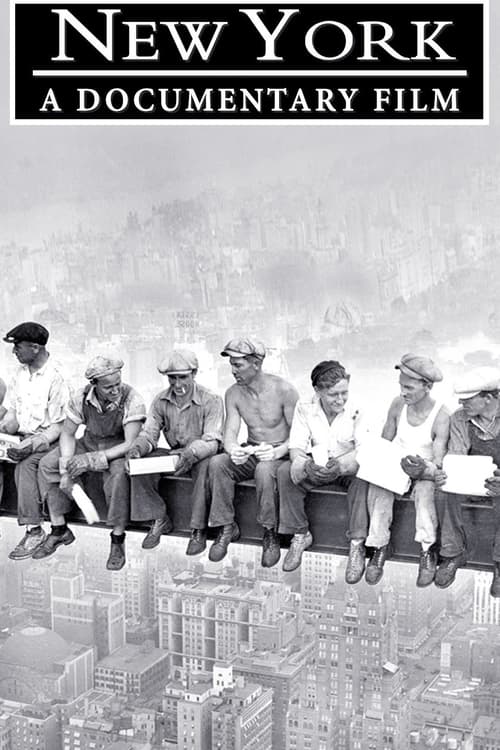
New York: A Documentary Film
This eight-part, 16½-hour television event explores New York City's rich history as the premier laboratory of modern life. A sweeping narrative covering nearly 400 years and 400 square miles, it reveals a complex and dynamic city that has played an unparalleled role in shaping the nation and reflecting its ideals.

Not for Ourselves Alone: The Story of Elizabeth Cady Stanton & Susan B. Anthony
The little-known story of one of the most compelling political movements and friendships in American history.
 0
0Wonders of the African World
Africa is a continent of magnificent treasures and cultures — from the breathtaking stone architecture of 1,000-year-old ruins in South Africa to an advanced 16th century international university in Timbuktu. However, for centuries, many of these African wonders have been hidden from the world, lost to the ravages of time, nature and repressive governments. Join Harvard professor, Henry Louis Gates, on the journey from Zanzibar to Timbuktu, the Nile River Valley to Great Zimbabwe, the slave coast of Guinea to the medieval monasteries of Ethiopia in search of the lost wonders of the African world.